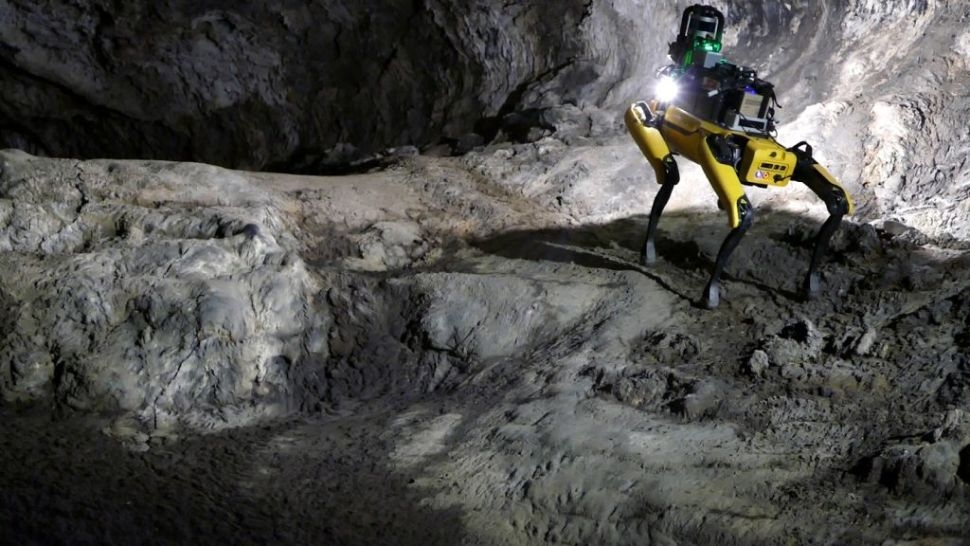Which will be the next Martian Rover?
After the first Martian rover Sojourner in 1997, then Spirit and Opportunity looking for evidence of water and Curiosity, NASA’s next rover Perseverance will arrive on the Red Planet in February. This doesn’t prevent engineers from developing the next generation of rovers!
Other types of spacecrafts are used to analyze Mars, such as orbiters which, as the name indicates, fly around the planet and image it. The particularity of rovers is that they land and move around on a celestial object, enabling researchers to map its surface and study its properties at various locations. One of the main challenges is that light takes over three minutes to reach Mars from Earth, meaning there is a six-minute delay in communication with the vehicles. This in turn implies that rovers ought to be very autonomous. In particular, various accidents such as falling or toppling over can be difficult to manage. The new Au-Spot is a robotic dog which can stand up again by itself, avoid obstacles and navigate difficult terrain.

Au-Spot is equipped with a variety of high-precision sensors: Lidar (remote sensing using laser pulses), visual, thermal and motion sensors. Associated with an Artificial Intelligence, it can make decisions about the best path to take and thus maneuver through entire caves to create 3D maps – these complex environments would be its main target. We’ve discussed astrobiology in the context of Jupiter and Saturn’s moons, but Mars has been investigated for even longer. Although earlier rovers have not found any evidence for Mars harboring or having harbored life, caves might host lifeforms since they would offer “Martians” protection from the cold, UV radiation, dust storms and other natural conditions; therefore, these places are the logical ones to explore next. What’s more, understanding these locations better could be very beneficial to prepare the human exploration of Mars, since, again, they could provide shelters for astronauts.
Another idea is the DuAxel, which is made to explore a different type of landscape, yet also one that couldn’t easily be accessed by previous rovers - craters. Studying those could give further information about the water that was present at the surface of the planet a few million years ago (or maybe even more recently). DuAxel is composed of two “Axel” rovers, two-wheeled robots which were initially meant to be attached to a lander. Now, what is done is that one part remains at the top of a crater, while the other “Axel”, connected by a tether cable to the anchoring “Axel”, descends into the crater. At the same time, DuAxel has the advantage of traditional 4-wheeled rovers once the two parts are reunited: it can cover rather long distances of flat land in a short period of time. This unprecedented mobility would make it suitable to explore other planets and moons, although for now it is still being tested on terrestrial rocky slopes in the Mojave Desert, with encouraging results.

Both rovers could bring new perspectives about the Red Planet - but which one will be sent there first?
Cover image: Axel, NASA/JPL-Caltech/J.D. Gammell
Image credits:
1- Mars Dog, NASA/JPL-Caltech
2- DuAxel, NASA/JPL-Caltech/J.D. Gammell
